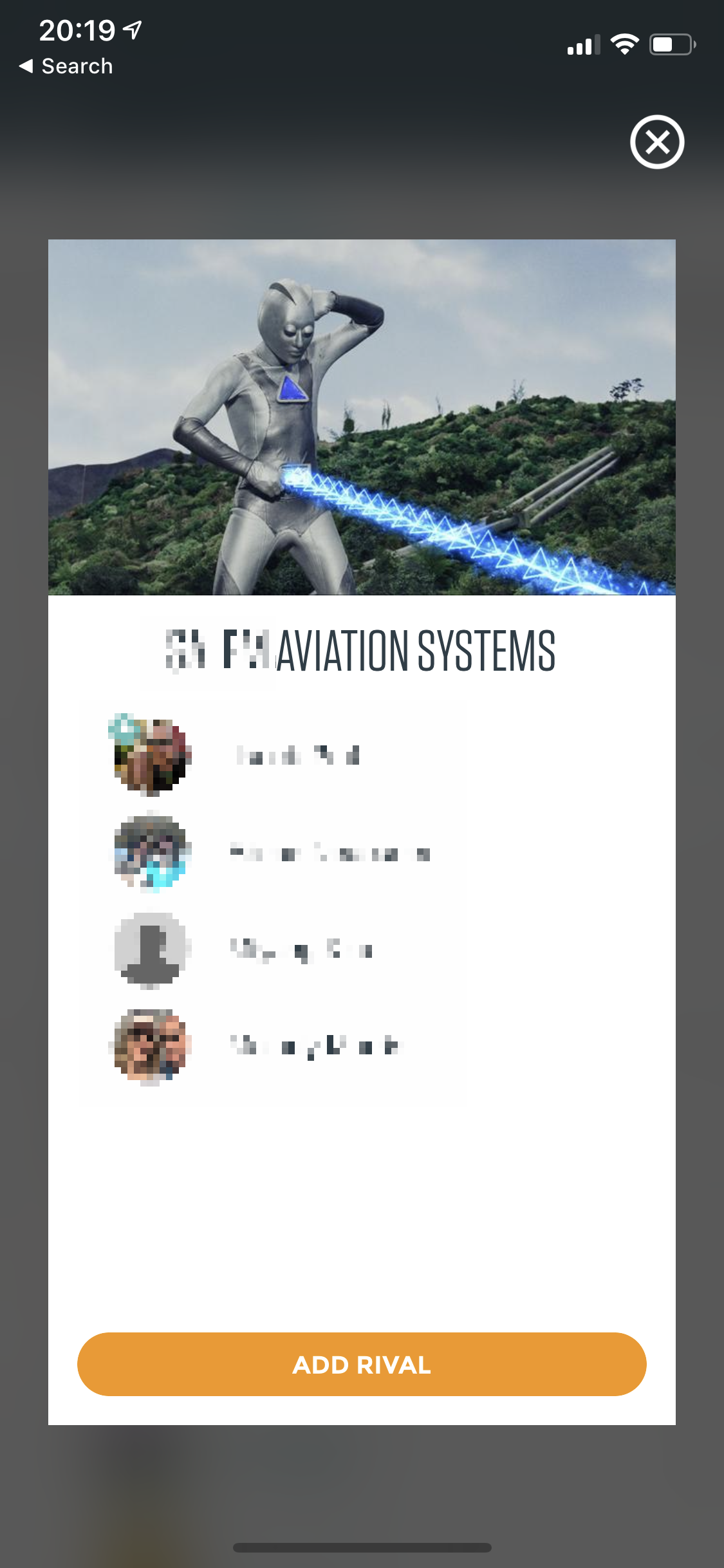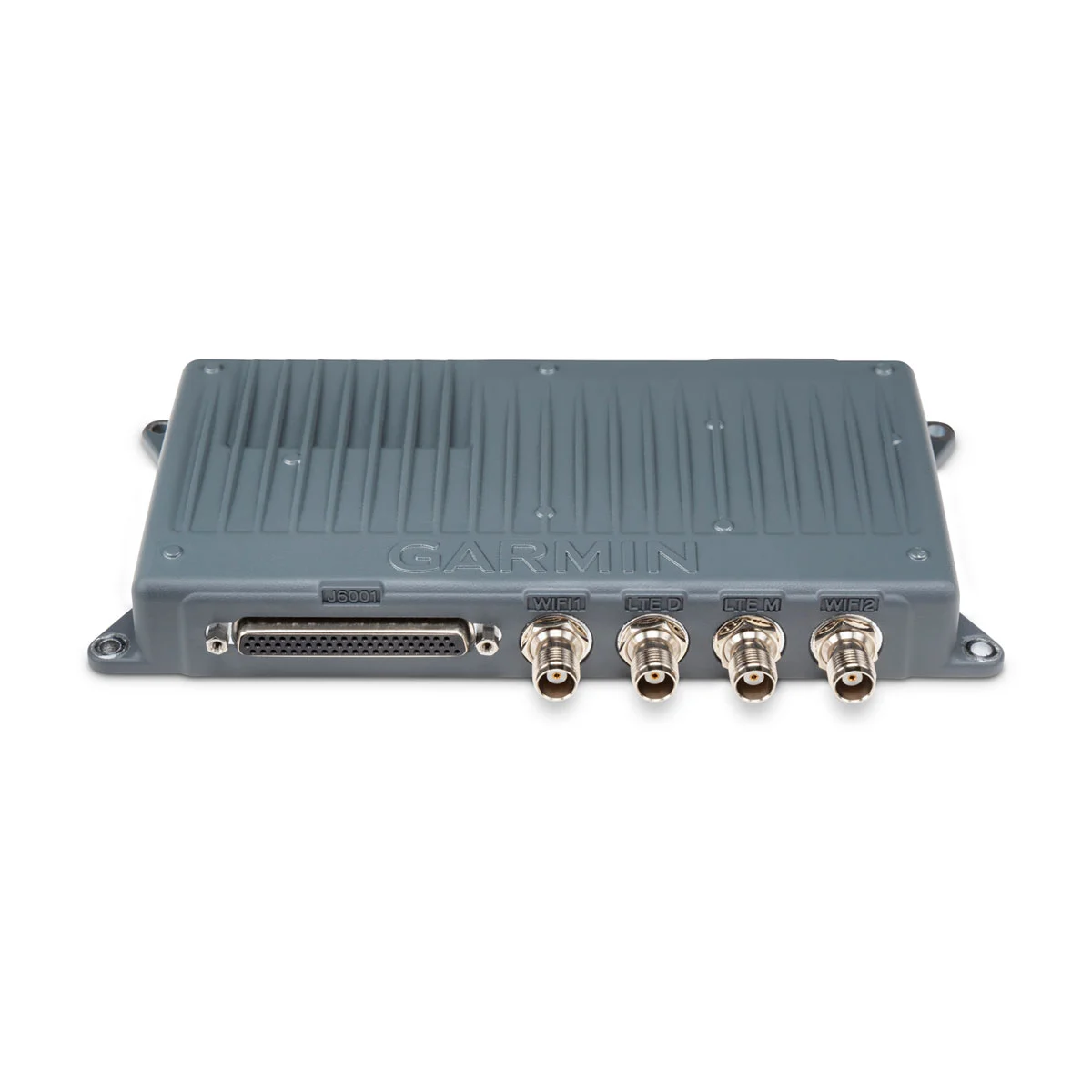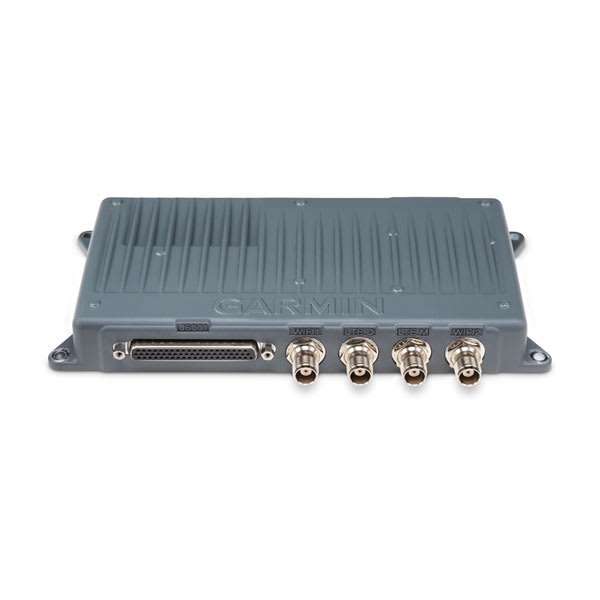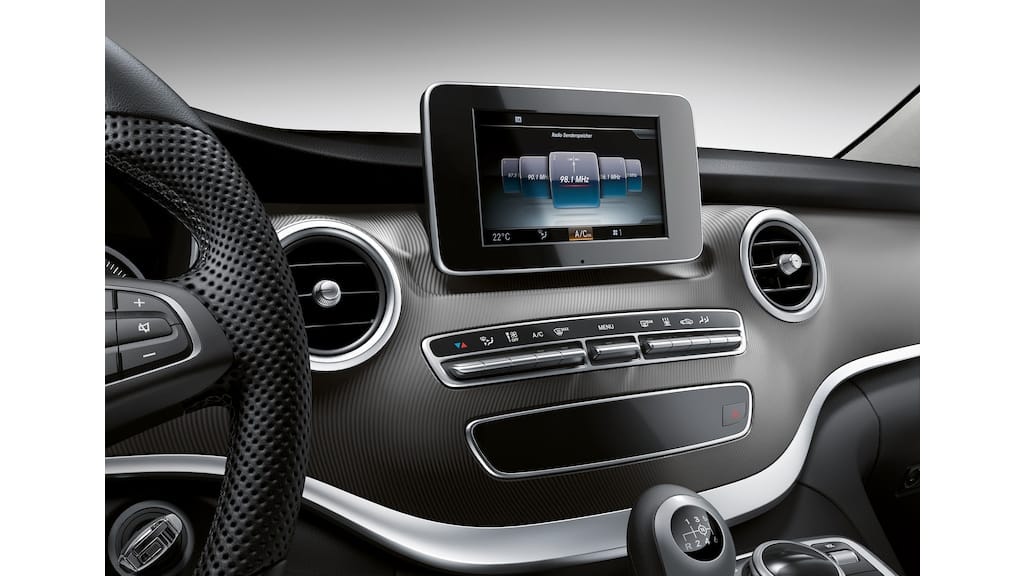Garmin
Maposaurus, Napoleon, and 380,000 Steps
Evil Maposaurus prepare to meet your doom. Our hero has the power, glovebox is your tomb. Grab your Garmin take on the world.
The year is 2007: the iPhone launches, The Sopranos series finale airs, and Britney Spears may or may not have hair. It’s Super Bowl XLI — the Chicago Bears vs. the Indianapolis Colts. It’s the first Super Bowl played in the rain, and we’re heading into halftime with the Bears only down by two. Sadly, they would never recover. And the world would never recover from one of the greatest commercials of all time.
I’m talking about Maposaurus. A tongue-in-cheek homage to Ultraman, this commercial featured a befuddled driver fumbling with a giant paper map — remember those? — which bursts into life as a rampaging "Maposaurus" monster. A passerby pulls out his Garmin in-car GPS unit — remember those? — and, in true Ultraman fashion, transforms into a laser-shooting hero and defeats the beast. There’s even a sick rock soundtrack to go with it.
Evil Maposaurus, prepare to meet your doom.
Our hero has the power, glovebox is your tomb.
Grab your Garmin, take on the world.
Grab your Garmin, every boy and girl.
GPS, power, space, and truth.
MP3, traffic alerts, Bluetooth.
The champion of personal navigation. Garmin.
This commercial would go on to receive critical acclaim — and how couldn’t it?
Garmin returned the next year with another clever concept: Napoleon. Racing a red sports car through modern-day Paris, he relies on his trusty Garmin to guide him to battle. When the car screeches to a halt at its destination, Napoleon leaps out expecting war glory — only to be met by his troops presenting him with a small white pony instead of an army. I guess the joke is: even history’s greatest general can’t tell where he is without GPS.
While Napoleon didn’t receive quite the same praise as Maposaurus, both ads are emblematic of Garmin’s cultural moment — the undisputed leader in in-car navigation. When I told people I worked at Garmin, the #1 response I got was: “The car GPS thing?” Another industry, turned into an app on your home screen.
I first saw Maposaurus during my second internship at Garmin, thanks to my then-mentor Alex. I carried that lore with me into my first full-time job the next year. When it came time for the annual corporate walking/step challenge, I already had the perfect team name: Maposaurus. While I don’t have hard proof, I distinctly remember:
- I placed in the top 19 out of > 200 individuals
- Walking ~380,000 steps over 1 month
- Maposaurus ranked in the top 5 out of > 40 teams
By the end of the competition, others were inspired — and even copied our headers!


GDL-60
Streamline your flight prep, and enjoy your aircraft more with the GDL 60 datalink and PlaneSync™ technology.

The Garmin GDL-60 is a small panel-mounted datalink module that brings wireless connectivity to an aircraft’s avionics suite. It is part of Garmin’s PlaneSync “connected cockpit” system and works with Garmin avionics (such as GTN™ Xi navigators and G1000®/G1000 NXi flight decks) to connect the aircraft to the outside world. In practice the GDL-60 acts like an onboard “internet box,” using both a built-in 4G LTE cellular modem and Wi‑Fi radio to link the plane’s systems with Garmin’s cloud services and pilot tablets. This lets the avionics exchange data automatically – for example, it can download chart and database updates or stream weather and traffic directly into mobile apps – without a pilot having to plug in data cards.
Technically, the GDL-60 is a compact device (about 8.72″ x 4.00″ x 1.12″ and 1.5 lb) that mounts in the instrument panel. It runs on 14/28 V DC aircraft power and is certified for high altitudes up to 55,000 ft. Its hardware includes dual Wi-Fi radios (one access point, one client) using 802.11 b/g/n at 2.4 GHz, plus a multi-band LTE modem covering global 4G frequencies. In effect, the GDL-60 creates both an onboard Wi‑Fi network and a cellular data link. The aircraft can thus stay connected on the ground or in flight, subject to cell coverage. Garmin’s documentation notes that the unit “enables PlaneSync technology” via these connections and that its LTE/Wi-Fi link automatically keeps the avionics databases updated.
Once installed, the GDL-60 offers several key features for pilots. One major advantage is automated database updates: Garmin explains that the GDL-60 “offers database downloads directly to the aircraft,” so that new charts and navigation data can download over the air without a pilot present. The system then “auto-synchronize[s] across your avionics at power up,” eliminating manual update chores. The GDL-60 also logs flight and engine data; after landing it can “transmit flight and engine log data automatically… to secure cloud storage,” where pilots or maintenance crews can review it via the Garmin Pilot mobile app or the flyGarmin web portal. Another useful feature is remote aircraft monitoring: with the GDL-60 and Garmin Pilot, an owner on the ground can check the airplane’s status from anywhere. The Pilot app can show things like Hobbs and tach times, fuel quantity, battery voltage, outside-air temperature, oil temperature, and even the last known GPS location of the aircraft. In short, GDL-60 keeps pilots informed about their aircraft’s health and readiness.
Perhaps the most visible benefit is mobile connectivity. The GDL-60 enables Garmin’s Connext system, which streams in-flight data from the panel to pilot devices. For example, it can send ADS-B weather (FIS-B) and traffic, GPS position, and even attitude (AHRS) information to apps like Garmin Pilot or ForeFlight. In fact, Garmin describes that the GDL-60 lets you “stream weather, traffic, AHRS, flight plans and other data from your avionics to flight apps such as Garmin Pilot and ForeFlight”. Pilots can also transfer flight plans between their tablet and the panel through this link. (With additional hardware, the GDL-60 can even extend to cabin entertainment and SATCOM: for example, pairing it with a SiriusXM receiver enables XM audio tuning via the Pilot app, and it can interface with a Garmin GSR-56 for in-flight texting/voice calls.) Overall, the Garmin GDL-60 turns a compatible cockpit into a connected cockpit – keeping nav databases current and putting real-time flight and weather data into pilots’ hands through familiar mobile interfaces.

The following is my goodbye email to Garmin, with names censored.
I joined Garmin in 2017, during my junior year of college. Bright eyed and bushy tailed, I drove to Los Angeles for my first internship at the Los Angeles office. It was an awesome opportunity, and I can’t thank S.S. enough for it.
Shortly after, I joined the Rolla office under T.S. I got my first taste of aviation software, working on an uncertified tool for Interfaces. I learned a lot from my mentor, A.H., and just as much from an unofficial mentor, B.B. A year had passed, and I started full time; but T.S. stayed a mentor to me since.
I started on M.T.'s team in June of last year. My only hardware experience was making lights blink on a microcontroller from the 80s and wiring a 10U nano-satellite to be launched off the ISS, so there was a bit of a knowledge gap. But my awesome team took me in, showed me the ropes, and only made fun of me a little. I learned several ways to do many things, and many ways to not do several things.
All in all, Garmin has been an incredible journey.
I want to thank my awesome team, both hardware and software, for always being dependable and knowledgable. I want to thank V.R. for keeping the project on track. I want to thank R.S., for being such an ace officemate/mentor/friend, and being so incredibly resilient to strobe lights and loud EDM music. I want to thank M.T. and T.S., for taking me in and giving me this incredible opportunity.
And I want to thank you, for making Garmin so memorable. :)
Mercedes-Benz NTG5 STAR2
Fully integrated high-end multimedia system with 6-disc DVD changer, hard-drive navigation system, internet browser, telephony plus DVD video and Music Register, shown on high-resolution 21.3 cm colour TFT display.

The NTG Star2 is a mid-2010s Mercedes-Benz in‑car navigation/infotainment system (part of the COMAND/Audio20 series). In practice it was the NTG5‑generation system used in models like the W205 C‑Class, W222 S‑Class, GLC, etc. For audio and navigation it typically used the standard 7″ (17.8 cm) TFT display and console controller. Importantly, NTG Star2 used Garmin’s “Map Pilot” technology for GPS navigation in Audio20-equipped cars – inserting a Garmin SD‑card lets the Audio20 unit run 3D maps and routing. (The COMAND head unit itself was Mercedes-made, but Garmin supplied the map/database software.)
NTG Star2 debuted around 2014–2015 as the successor to the NTG4.5 COMAND system. Mercedes introduced it on new models (for example, the 2015–2020 C‑Class W205 and later E‑Class and GLC) as COMAND Online (NTG5) hardware. These NTG5/Star2 units featured a built‑in hard drive for media and optional CD/DVD storage. Around 2018–2019 Mercedes began updating Star2 to a new software version called “Star1” (this was essentially a software revision to enable features like Apple CarPlay). As one forum noted, “my new [head unit] is called NTG Star1 and CarPlay works – the old one was NTG Star2”. (In other words, Star2 was the original NTG5 software on older Audio20 hardware; Star1 was the newer update with smartphone integration.)
Today NTG Star2 systems remain supported through Mercedes accessories and parts. Mercedes still sells Garmin Map Pilot SD navigation cards and software updates for NTG5/Star2 systems. For vehicles that came with NTG Star2, a dealer or owner can purchase official updates (e.g. Europe 2020/2021 map packs) for the Garmin Map Pilot. Mercedes also offered an accessory COMAND Online head unit upgrade with DVD changer – a high-end multimedia unit with a 6‑disc changer and hard‑drive nav that replaces the original unit. In short, the NTG Star2 system remains available on its original models (C‑Class, S‑Class, etc.) and can be serviced or upgraded using genuine Mercedes parts (for example, the COMAND Online unit with DVD changer or Garmin Map Pilot module).
While Mercedes-Benz designed the NTG Star2 hardware and user interface, Garmin’s involvement was confined to the navigation content. On Audio20/NTG5 Star2 cars, Garmin supplied the Map Pilot navigation module (SD card and software) that plugs into the Mercedes system. There is no ongoing Garmin development of NTG Star2 itself – Garmin’s input was the map database and guidance engine. All system updates (DVD/DVD changer upgrades or map updates) are handled through Mercedes-Benz parts (including Garmin-branded map cards sold by Mercedes).


